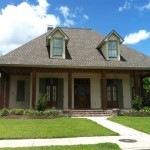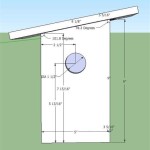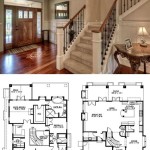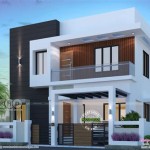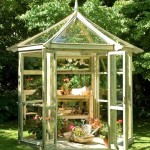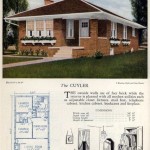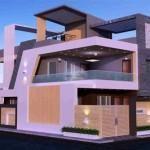Passive Solar Small Home Plans: A Comprehensive Guide to Essential Aspects
Passive solar small home plans have gained tremendous popularity due to their energy efficiency, sustainability, and overall comfort. These homes are designed to harness the natural energy of the sun to heat and cool the living space, significantly reducing energy consumption. In this comprehensive guide, we'll explore the essential aspects of passive solar small home plans, providing you with the knowledge to make informed decisions about your future home.
1. Site Orientation
The orientation of your home on the site is crucial for passive solar design. In the Northern Hemisphere, the ideal orientation for a passive solar home is facing south, as it maximizes exposure to the sun's rays throughout the day. In the Southern Hemisphere, the ideal orientation is north-facing. By aligning the home correctly, you can optimize solar heat gain during winter months and minimize overheating during summer.
2. Window Placement
Windows play a vital role in passive solar design. South-facing windows allow sunlight to penetrate deep into the home, heating the thermal mass. Overhangs or awnings can be used to shade windows during summer months, preventing excessive heat gain. Skylights and clerestory windows can be incorporated to bring natural light into the interior and provide additional ventilation.
3. Thermal Mass
Thermal mass refers to materials that can absorb and store heat. Incorporating thermal mass into your home's design is essential for passive solar heating. Materials such as concrete, stone, and brick can be used in floors, walls, and thermal storage devices (e.g., Trombe walls) to absorb heat from the sun during the day and release it slowly at night.
4. Insulation
Insulation is crucial for maintaining a comfortable temperature inside the home. Proper insulation prevents heat loss during winter months and helps keep the home cool during summer. High-performance windows, airtight construction, and a well-insulated roof, walls, and floor are essential elements of a passive solar home.
5. Ventilation
Ventilation is essential for maintaining a healthy indoor environment. Natural ventilation can be achieved through operable windows, vents, and skylights. Cross-ventilation occurs when air flows through the home from one side to the other, creating a cooling breeze. Mechanical ventilation systems can also be used to supplement natural ventilation, ensuring fresh air supply.
6. Overheating Prevention
While passive solar homes are designed to maximize solar heat gain during winter, it is crucial to prevent overheating during summer months. Overhangs, awnings, deciduous trees, and reflective exterior surfaces can be used to shade windows and reduce solar heat gain during summer. Proper ventilation and thermal mass can also help mitigate overheating.
7. Energy Modeling
Energy modeling is an essential tool for evaluating the performance of passive solar home designs. Energy modeling software can simulate the energy consumption and indoor thermal comfort of a home based on its location, orientation, construction materials, and design features. This information can help you optimize the design and make informed decisions about energy-efficient features.
By considering these essential aspects of passive solar small home plans, you can create a comfortable, sustainable, and energy-efficient home that seamlessly integrates with its environment. Passive solar design principles can significantly reduce your energy costs and provide a healthier and more enjoyable indoor environment.

Passive Solar 1600 0060

Passive Solar House Design Ecoliv

Affordable Passive Solar Planbook Appalachian Energy Center

10 Solar Passive Houses Ideas House Plans

Solar Cabin Plan

Passive Solar House Plan 2 Bedrms Baths 1418 Sq Ft 146 2710

Tiny Eco House Plans Off The Grid Sustainable Houses

Deltec Homes Renew Collection Ridgeline B 1604sf Passive Solar Layout Vaulted Ceilings High Clere House Plans Prefabricated Houses Dream

Passive Solar Minnesota House On The Prairie Sustainable Simplicity

Cost Effective Passive Solar Design Greenbuildingadvisor

